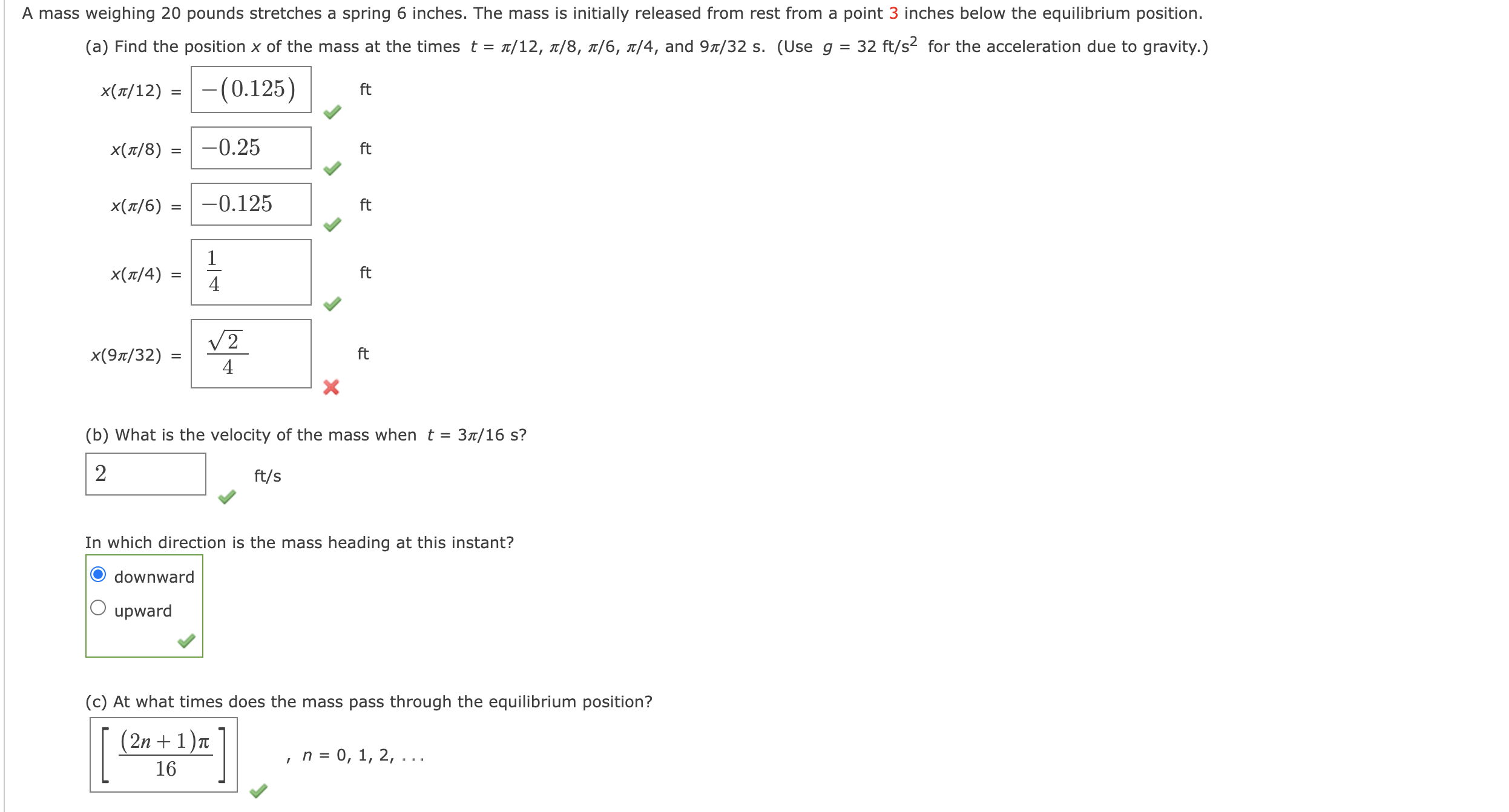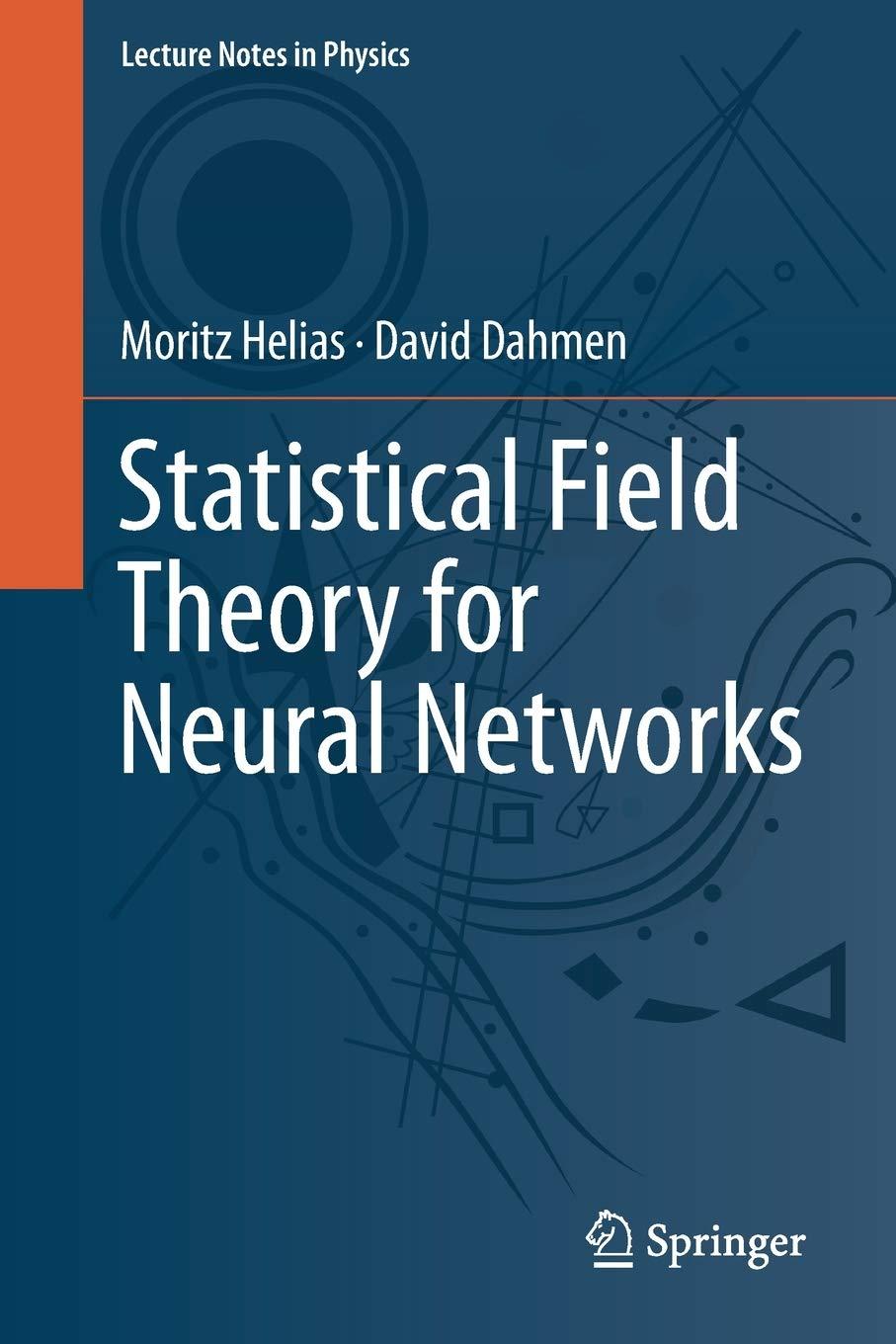Answered step by step
Verified Expert Solution
Question
1 Approved Answer
Find the charge q(t) on the capacitor and the current i(t) in the given LRC-series circuit. 5 h, R = 10 0, C = -




Step by Step Solution
There are 3 Steps involved in it
Step: 1

Get Instant Access to Expert-Tailored Solutions
See step-by-step solutions with expert insights and AI powered tools for academic success
Step: 2

Step: 3

Ace Your Homework with AI
Get the answers you need in no time with our AI-driven, step-by-step assistance
Get Started


